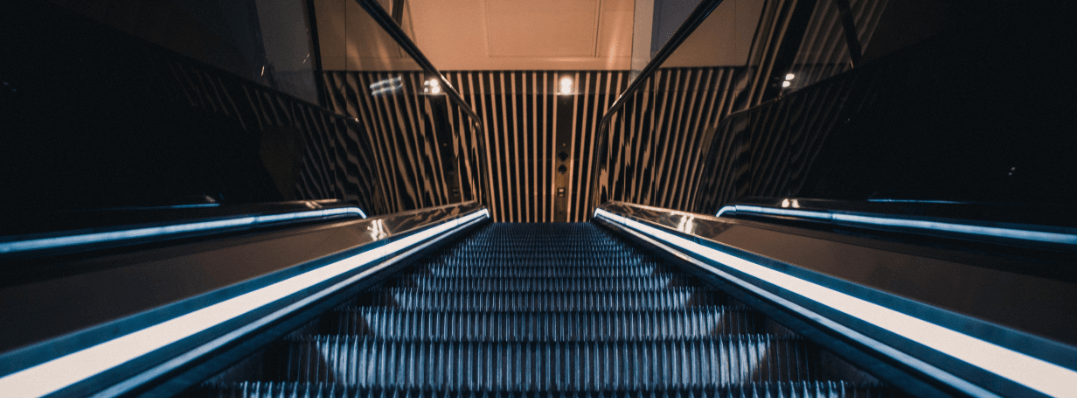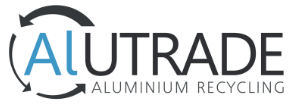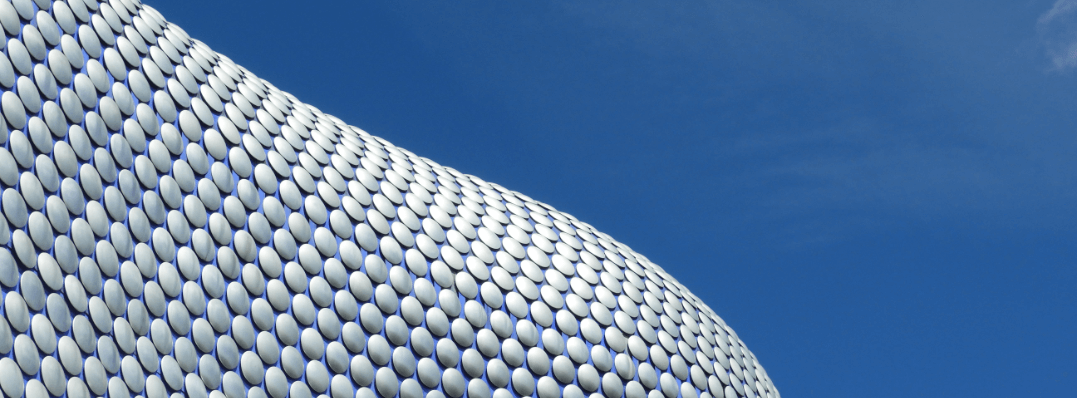Anodised aluminium: Definition, benefits and more
In this blog post, we lift the lid on anodised aluminium, which is essentially still aluminium, but with added durability.
Anodised aluminium is a form of aluminium that has been specifically treated to be even longer lasting. The actual process of anodising aluminium involves putting the metal through an electrochemical process (i.e. changing the surface chemistry) that typically requires the following steps to take place:
- Immersing the aluminium into a tank of acid electrolytes.
- Passing an electric current through the electrolytes.
- Inserting a cathode into the anodising tank.
Once inserted, the cathode triggers the oxygen ions that are present within the electrolytes to be released. These ions then combine with the aluminium atoms that exist on the surface of the aluminium. As a result, aluminium becomes anodised with an aluminium oxide layer that has essentially ‘grown’ from itself.
Because of this, anodised aluminium is exceptionally robust. In fact, it is reportedly three times harder than raw aluminium due to the fact the special anodised coating has been generated from within the aluminium. In comparison, external coatings that have been externally applied to aluminium are prone to flaking and peeling off over time.
There are two main types of anodised layers, with one being thicker than the other:
Decorative anodised layers are primarily designed to enhance the aesthetic finish followed by a protective coating:
- For indoor applications, the thickness of the layer tends to be between 5 and 10 microns
- For external applications, the desired thickness is between 15 and 20 microns. Did you know? The exterior of the iconic Selfridges building in Birmingham is clad in 15,000 highly decorative anodised aluminium discs
Hard anodised layers are, as the name suggests, aimed at providing a highly protective layer, with hard anodising being widely used within the aerospace, aviation and military sectors:
- For these types of applications, e.g. exposure to the sea and high salt levels, and industrial environments involving heavy chemicals, a 25 micron-thick layer is required

Aluminium applications can be found almost everywhere you look. For instance, on ceilings, escalators, hand rails, within scientific devices and other specialist equipment, and even, in outer space (it is used to protect satellites from the extreme terrain and conditions).
Can anodised aluminium be recycled?
Yes, it can, and the reason for this is because it is still aluminium and therefore has the same recycling profile as non-anodised aluminium. By this, we mean the fact it can be recycled an infinite amount of times and every single element of it can be recycled too.
The actual process of anodising aluminium is environmentally sustainable too. No hazardous by-products, such as solvents, C02 emissions or toxic substances are produced, with most processes extracting and recycling the chemicals that are used. Meanwhile, the anodised layer is also environmentally-friendly, which means the actual anodised aluminium can be recycled in its entirety without having to remove the surface coating first.
Anodised aluminium has such an impressive ‘green’ profile that is widely recognised as being the environmental responsible choice, particularly for sustainable housing projects. For example, anodised aluminium can be specified for rainscreen cladding for multiple reasons, including its ability to provide a contemporary finish, as well as superior corrosion and abrasion-resistance. Furthermore, anodised aluminium is renowned for its abilities to withstand the elements, e.g. sun, sand and sea, so much so, it was developed for commercial use, such as protecting seaplanes, some 90 years ago.

What are the benefits of anodised aluminium?
Quite possibly more extensive than you may initially think. As we’ve already mentioned, anodised aluminium makes aluminium even stronger by providing a hard-wearing layer that protects the inner metal.
There’s also the fact it’s environmentally-friendly too, both the process and the end product. And because it makes aluminium even more durable, it’s widely recognised as playing a key role in reducing aluminium’s overall carbon footprint.
Other key benefits include:
- Corrosion, abrasion and fade-resistant
- Attractive finish (e.g. metallic sheen)
- Can be dyed in different colours
- Enhanced adhesion (for adhesives and primers)
Anodised aluminium further demonstrates just how valuable a metal aluminium really is compared to other metals. It boasts all of the benefits of aluminium with added clout, further enhancing aluminium’s sustainability profile and making it even more of an indispensable metal sector-wide.
For more on aluminium’s green credentials read, ‘Is aluminium better for the environment than plastic?’

